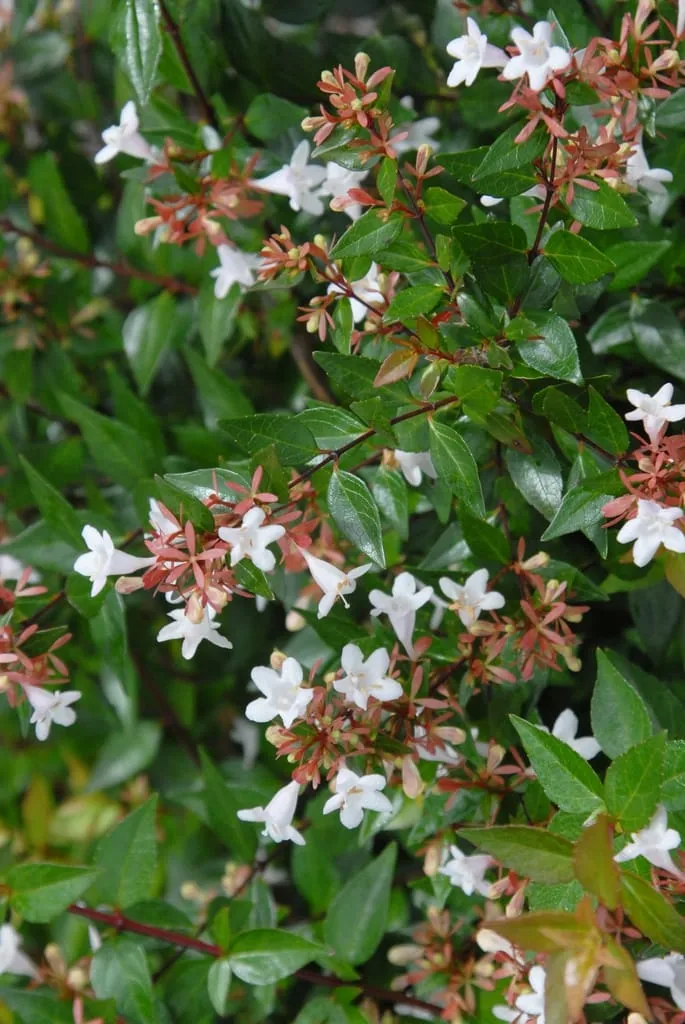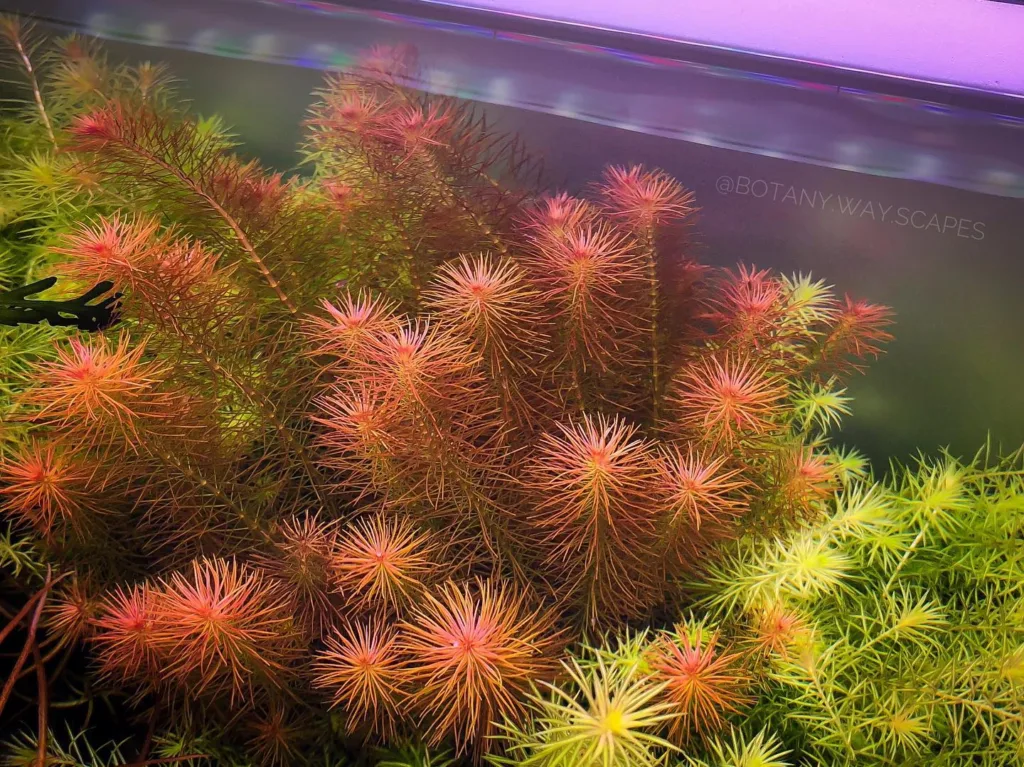
Gaillardia Grandiflora: A Gardener’s Guide
Hi, I’m Ferb Vu, and Gaillardia Grandiflora, also known as the blanket flower, is one of my favorite perennials. These vibrant, daisy-like blooms bring a burst of color to any garden, and their easy-going nature makes them perfect for busy gardeners like myself.
Today, I’m answering some of the most common questions about Gaillardia Grandiflora to help you decide if this sun-loving flower belongs in your garden.
21 Species in Genus Gaillardia – Blanket Flower
How much sun does Gaillardia Grandiflora need?
Gaillardia Grandiflora thrives in full sun. Aim for at least 6-8 hours of direct sunlight daily for optimal flowering.
What kind of soil does Gaillardia Grandiflora prefer?
Unlike some finicky flowers, Gaillardia Grandiflora isn’t fussy about soil. It does best in well-draining soil, even tolerating poor, sandy, or rocky conditions. Avoid heavy clay soils that retain too much moisture.
How often should I water Gaillardia Grandiflora?
Once established, Gaillardia Grandiflora is quite drought-tolerant. Regular watering, especially during the first year after planting, is beneficial. As the plant matures, water deeply when the soil feels dry to the touch.
Does Gaillardia Grandiflora need fertilizer?
Gaillardia Grandiflora is a low-maintenance plant and doesn’t require heavy feeding. A light application of balanced fertilizer in early spring can be helpful, but avoid overfertilizing, which can reduce flowering.
When does Gaillardia Grandiflora bloom?
Gaillardia Grandiflora is a repeat bloomer, gracing your garden with its colorful flowers from early summer through fall.
How do I keep Gaillardia Grandiflora blooming?
To encourage continuous flowering, deadheading spent blooms is recommended. Simply snip off the faded flower heads to promote new blooms.
Does Gaillardia Grandiflora need to be cut back?
Cutting back Gaillardia Grandiflora in late summer can encourage a second flush of blooms and improve the plant’s overall shape. However, this isn’t strictly necessary.
Is Gaillardia Grandiflora winter hardy?
Gaillardia Grandiflora is a tough cookie, surviving winters in USDA zones 3-10. In colder climates, applying a light layer of mulch around the base of the plant in late fall can provide additional protection.
How does Gaillardia Grandiflora compare to Echinacea (Coneflower)?
Both Gaillardia Grandiflora and Echinacea are daisy-like perennials with similar bloom times. However, Gaillardia offers a wider range of flower colors, while Echinacea typically blooms in shades of purple and pink. Echinacea prefers slightly moister soil compared to Gaillardia’s drought tolerance.
Can I plant Gaillardia Grandiflora with Black-Eyed Susans?
Absolutely! Black-Eyed Susans (Rudbeckia hirta) share similar growing requirements and bloom times as Gaillardia Grandiflora. This combination creates a stunning display of yellow, orange, and red hues in your garden.
How can I propagate Gaillardia Grandiflora?
Gaillardia Grandiflora offers two main methods of propagation: division and seeds.
- Division: This method works best on established Gaillardia plants that are at least 2-3 years old. In early spring or fall, carefully dig up the plant and divide the root ball into sections, each with healthy roots and shoots. Replant the divisions in well-draining soil and water them well.
- Seeds: Gaillardia Grandiflora readily self-seeds, but you can also collect seeds from spent blooms in late summer. Sow the seeds indoors in late winter or directly outdoors in early spring after the danger of frost has passed. Keep the soil moist until germination, which typically occurs within 14-21 days.
What are some potential problems with Gaillardia Grandiflora?
Thankfully, Gaillardia Grandiflora is a relatively pest and disease-resistant plant. However, here are a few issues to watch out for:
- Powdery mildew: This fungal disease can appear as white powdery spots on leaves. Improve air circulation around the plants and avoid overhead watering to prevent powdery mildew.
- Slugs and snails: These slimy creatures can munch on Gaillardia leaves. Handpick them off the plants or use organic slug and snail control methods.
- Poor drainage: Gaillardia Grandiflora dislikes soggy soil. If your plants are wilting despite adequate watering, check for drainage problems. Amend the soil or choose a raised bed to ensure proper drainage.
Additional Tips:
- Gaillardia Grandiflora is known for attracting butterflies and beneficial insects to your garden.
- This plant readily self-seeds, so you might find volunteer Gaillardia popping up throughout your garden in unexpected places.
- Gaillardia Grandiflora comes in various cultivars with different flower sizes, heights, and colors. Explore the options to find the perfect variety for your garden design.
With its vibrant blooms, easy care, and long-lasting display, Gaillardia Grandiflora is a rewarding addition to any garden. So why not give it a try and see how it brightens your outdoor space?
If i die, water my plants!



